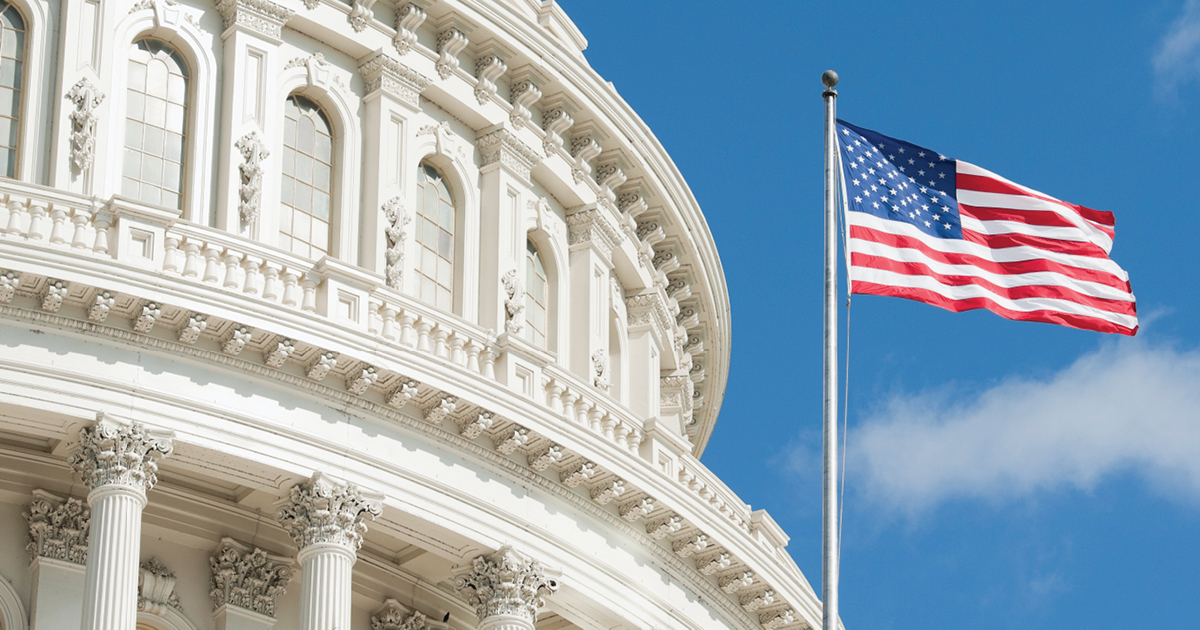Secure 2.0 Act Highlights
The Secure Act 2.0 brought a flood of changes to how Americans save for retirement. Here are a few of the biggest impacts that individuals and employers should be aware of. If you have questions about saving for retirement or would like to learn more about setting up a retirement plan for your company, we invite you to reach out to an RMB advisor or the Retirement Plan Solutions team.
Catch-Up Contributions
A mandatory provision effective January 1, 2024
Impact to Individuals
Participants with wages over $145K (prior year) must make their catch-up contributions as Roth contributions.
Impact to Employers
Plans that have catch-up contributions but not Roth will need to add a Roth provision to their plan.
Secure 2.0 changes how catch-up contributions will be made and taxed. Catch-up contributions are allowed for employees aged 50 and over who would like to make additional contributions to their retirement plans. While previously these have been allowed to be made as pre-tax contributions, Secure 2.0 now requires these to be post-tax Roth contributions for individuals making more than $145K. So, for an individual, if your employer doesn’t allow for Roth contributions to your retirement plan, you won’t be able to make catch-up contributions.
Employer Matches as Roth
An optional provision that went into effect immediately
Impact to Individuals
Employees can elect to have employer contributions to their retirement accounts made as Roth — assuming their employer is set up to do this.
Impact to Employers
Employers may need to work with their retirement plan providers to get set up to make after-tax contributions to employees’ accounts.
Employer contributions to employee retirement accounts have always been made as pre-tax contributions, even if the employee is electing for their deferrals to be made as Roth.
Under Secure 2.0, employers now also have the option to make their contributions as Roth. While many companies and payroll providers are not yet set up to offer this, it may be helpful for plan participants to review their options with an RMB advisor.
Automatic Plan Features
A mandatory provision effective January 1, 2025
Impact to Individuals
Employees participating in a company-sponsored retirement plan created after December 29, 2022, will be automatically enrolled into the plan and their deferral rate will be auto-escalated at rates determined by the company. Individuals can always opt out of enrollment and deferral changes. Employees participating in plans created prior to December 29, 2022, will not see changes related to mandatory automatic features.
Auto-enrollment and auto-escalation features have been considered a best practice in retirement plans for a number of years now, but it has always been an optional feature. Effective January 1, 2025, all plans created after December 29, 2022, will be required to have both — auto-enrollment at 3% or higher annually, and auto-increases at 1% or higher annually. The hope is that this will result in more American workers enrolling in their company plans and saving more for retirement.
Required Minimum Distributions
A mandatory provision effective January 1, 2023, for people age 72 or over
Impact to Individuals
Individuals will have more time before they are required to start taking distributions. They will no longer be required to take distributions from Roth accounts.
Secure 2.0 made two big changes regarding required distributions from retirement accounts that will give individuals more choice and control over their funds. The age at which participants must take required minimum distributions (RMDs) increased from 72 to 73 starting in 2023; it will increase further to age 75 in 2033. Additionally, starting in 2024, RMDs will no longer be required from Roth accounts in employer retirement plans.
Tax Credits for Start-Up Plans
An optional provision for small- to medium-sized businesses
Impact to Individuals
More employees working for small- and medium-sized businesses could benefit from employer retirement plans and matching contributions.
Impact to Employers
Small businesses now have additional incentives in the form of tax credits to offer retirement plans to their employees.
The goal of Secure 2.0 was to give more Americans access to retirement savings. To encourage businesses to offer retirement plans and retirement plan matching contributions, companies with fewer than 50 employees are now eligible to receive 100% of qualified start-up costs back as a tax credit, up to $5,000 annually over three years. Companies with 51-100 employees are eligible for a 50% tax credit of start-up costs, also capped at $5,000 annually over three years.
A Firsthand Perspective
Vail Rubber Works, Inc., a fifth-generation, family-owned and operated enterprise based out of St. Joseph, MI
RPS and Vail Rubber Works, Inc., are celebrating a decade of partnering to provide the best retirement planning services to Vail’s employees. Here’s what President Vail Harding and V.P. of Finance Brian Nimtz had to say about working with Retirement Planning Services.
Going above and beyond
“The level of service and the depth of information that we receive far exceeds our expectations on every call that we have with the RPS team. It’s been noted several times at the board level and at the shareholder level that we’re receiving superior service that a company our size otherwise just wouldn’t have access to.”
Putting Vail Rubber first
“RMB brings an independent advisory perspective,
which is critical so that we as a company can do our fiduciary responsibility to our employees. RMB doesn’t push any of their own funds; they help us monitor and advise on what funds make sense for our company. They’re not trying to fit us in a pre-programmed group of funds; they’re actually working with us and saying, ‘OK, what’s best for Vail Rubber?’”
A people-first focus
“The RPS team comes out and gets to know our people through group education and one-on-one meetings. That’s big because a lot of our employees don’t have a separate investment advisor, so they look to the RPS team for guidance. They fit culturally with Vail Rubber, and that’s comforting to me.”
We’re Here for Your Company
Retirement Plan Solutions is a dedicated group of 401(k) specialists who help to make retirement plans easy and accessible for corporations and their employees. We can help companies lower overall costs, educate and engage employees, and develop a fiduciary governance process to reduce risk.
The opinions and analyses expressed in this newsletter are based on RMB Capital Management, LLC’s (“RMB Capital”) research and professional experience are expressed as of the date of our mailing of this newsletter. Certain information expressed represents an assessment at a specific point in time and is not intended to be a forecast or guarantee of future results, nor is it intended to speak to any future time periods. RMB Capital makes no warranty or representation, express or implied, nor does RMB Capital accept any liability, with respect to the information and data set forth herein, and RMB Capital specifically disclaims any duty to update any of the information and data contained in this newsletter. The information and data in this newsletter does not constitute legal, tax, accounting, investment or other professional advice. Returns are presented net of fees. An investment cannot be made directly in an index. The index data assumes reinvestment of all income and does not bear fees, taxes, or transaction costs. The investment strategy and types of securities held by the comparison index may be substantially different from the investment strategy and types of securities held by your account. RMB Asset Management is a division of RMB Capital Management.
Certified Financial Planner Board of Standards, Inc. owns the certification marks CFP®, CERTIFIED FINANCIAL PLANNER™ and federally registered CFP (with flame design) in the U.S., which it awards to individuals who successfully complete CFP Board's initial and ongoing certification requirements.
The CFA® and Chartered Financial Analyst® are registered trademarks owned by CFA Institute.







